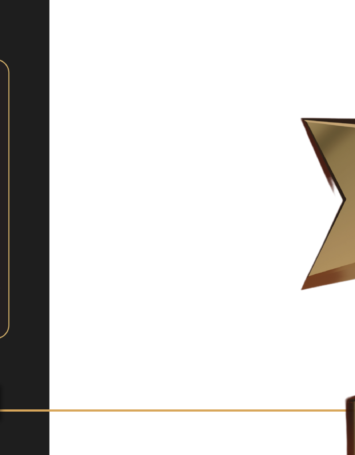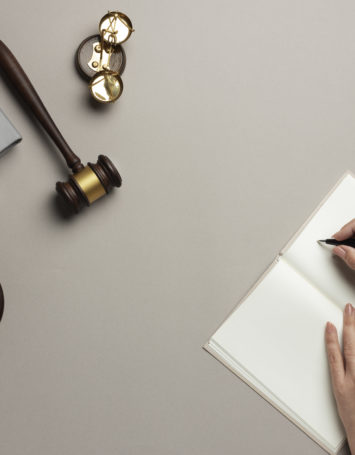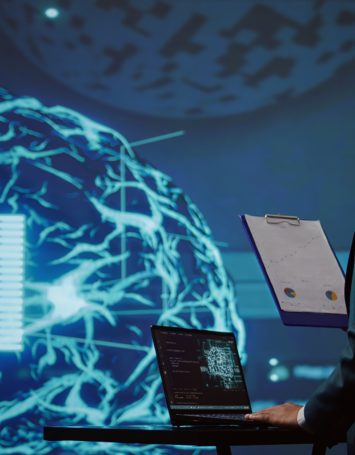Written by: Hili Rashkovan and Hadar Solomon
Drafting a technology license agreement is a complex professional matter, typically handled by lawyers specializing exclusively in the field. Surprisingly, the principles and rules of an apartment rental agreement, a topic familiar to many, can assist in navigating and understanding the concepts of IP licensing.
Below, we will review the overlapping points between these two agreements – different yet surprisingly similar – which will greatly facilitate our ability to recognize and navigate technology licensing agreements.
In the example before us, we will talk about licensing a patent for drug manufacturing versus renting an apartment.
Let’s start with the agreement terms that define and limit the subject of the transaction and the scope of the license or the rental:
- The subject of the rental – an apartment– is registered in the Land Registry in the name of the owner/lessor, indicating ownership of the entire apartment without the ability to split ownership of specific rooms. Similarly, The subject of the license – a patent is registered in the Patent Office in the name of its owner/licensor, denoting ownership of the entire patent without the ability to split it.
- The rental period – Example: 5 years with an option for extension. The license period – Example: For the duration of the patent’s validity, or, for a fixed period with an option for extension.
- The permitted use of the apartment – Example: For residential purposes only. The permitted use of the patent – Example: For producing a topical drug only but not for producing an ingestion drug.
- Subleasing—Example: The tenant is allowed to sublease. Sub-licensing—Example: The licensee is allowed to grant a sub-license.
- The scope of use of the apartment – Example: Renting the living and bedrooms, except for the storage room. The scope of use of the patent – Example: A license limited to part of the technology covered by the patent or some of the patent claims.
- Regulatory compliance – Example: The tenant undertakes to comply with all laws applicable to a resident, and the licensee undertakes to comply with the relevant regulations for the exploitation of the patent, the production of the drug, its marketing, etc.
While acknowledging the great similarity between the aforementioned types of transactions, it is also possible at this stage to discern the advantages and greater flexibility in technology (intellectual property) licensing transactions over the rental of a physical asset.
For example, while a physical asset’s rental is limited to a defined tenant(s), an intellectual asset can be licensed to multiple users/licensees or a single user/licensee if the license is defined as exclusive. Moreover, in technology licensing, it is possible to stipulate that the license is granted and limited to exploitation in a particular country/territory, while in another country/territory, the license will be granted to another licensee. Furthermore, it is also possible to determine many commercial segmentations – such as: one licensee will obtain a license for production only, while another licensee will be granted a license – for the same patent – for marketing and distribution only.
For the sake of ‘the sacred balance,’ let us note that renting an apartment (and physical assets in general) has its own advantages: In case of a breach of the rental contract terms, the lessor can take physical steps to restore the asset to its possession, for example, by eviction, replacing the locks, taking actual possession, fencing, etc. In contrast, due to the virtual nature of intellectual property licensing, there is no possibility to literally ‘lay hands’ on the intellectual asset in a situation where the licensee violates the license terms. Complex legal enforcement actions must be taken to prevent the exploitation of the license by the violator.
Now, let’s go back and compare yet another aspect of the above transactions – so different in nature yet so similar in the framework of their terms – this time, we’ll address certain aspects of the Transactions Consideration:
1.1 Apartment Rental Consideration—Example: The rent is calculated based on the property’s space. Patent licensing Consideration—Example: Royalties are calculated as a percentage of revenues derived by the licensee from the exploitation of the license.
1.2 A greater similarity can often be seen in the rental of commercial property (for example, a store in a mall), where it is customary for the consideration paid by the tenant to be partly composed of royalties on the store’s revenues in addition to lump-sum payments made in advance, or during the rental period. Similarly, in licensing, it is customary that, in addition to royalties, the licensee will make lump-sum payments that are not dependent on the revenues derived from exploiting the license. These fixed payments are usually paid both as a one-time payment upon the license coming into effect as well as periodic payments that are not income-dependent.
2. We have referred above to subleasing versus sublicensing. Indeed, in the context of the consideration, there is much similarity: In subleasing, the primary tenant will pay the lessor all or part of the sublease rent she received from the subtenant. Similarly, in sublicensing, the primary licensee will pay the licensor the agreed portion of the sublicense royalties derived from the sublicensee.
In summary, the great similarity, which does not always receive due attention, between transactions in tangible assets and transactions in virtual assets demonstrates the ‘tangibility’ of intellectual assets and the ‘virtuality’ aspects in transactions of tangible assets. Realizing and understanding said similarity could meaningfully facilitate the structuring and execution of Tech transfer transactions.



